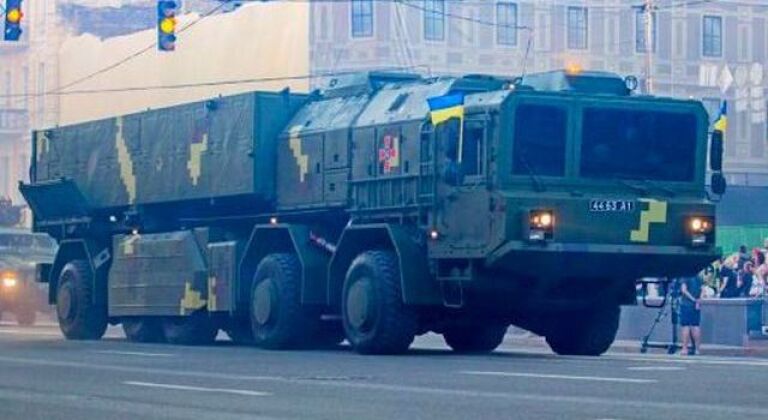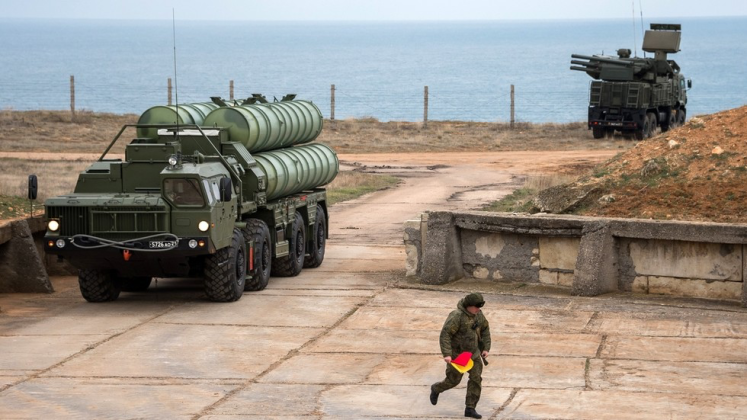News
Crimean Air Defences Intercept Ukrainian Drone and Missile Attacks: Why Ukraine’s Grom-2 Missiles Can’t Get Past S-400s

Russian air defences on the Crimean Peninsula intercepted a strike by two Ukrainian Grom-2 ballistic missiles on May 6, in what marked the latest of multiple attempted attacks on the territory by Ukraine in recent weeks. The Grom-2 was developed based on Soviet technologies Ukraine inherited when the state disintegrated, and although only fielded in limited numbers it replaced a portion of the country’s Soviet Tochka-U missile systems which have been responsible for the bulk of strikes on Russian targets. With a 500km range, and carrying a 500kg warhead, the solid fuel missiles deploy from transporter erector launchers providing survivability through mobility. Entering service in the mid 2010s after multiple delays, the Grom is a relatively basic ballistic missile design for the 21st century, and lacks features seen on overseas designs such as the Russian Iskander and North Korean KN-23 including semi ballistic depressed trajectories with very low apogees, and with the ability to conduct extensive in flight manoeuvres. These kinds of capabilities were pioneered by the Soviet era OTR-23 Oka ballistic missile and make missile strikes far more difficult to intercept, although Ukraine’s inability to develop similar features for its own ballistic missile class has left them vulnerable against modern Russian air defences.
Use of two of the limited number of Grom-2 missiles available for the attempted Crimean strike indicates a high priority allocated to the operation, with the formerly Ukrainian held strategically located territory having considerable symbolic value for both sides in the ongoing Russian-Ukrainian War which has made it a priority target for attack. The launch of two Grom missiles against Crimea coincided closely with an attempted drone strike using more than ten aircraft, which targeted the regional capital of Sevastopol. Crimean governor Mikhail Razvozhaev reported: “The air defence forces and electronic warfare units prevented another attack on Sevastopol,” with no damage done to any structures in the city. Ukrainian officials have repeatedly expressed intentions to launch a ground assault on Crimea and capture it from Russian forces, although recent losses on the frontlines against Russian forces have drawn its ability to consider major offensives into serious question.

Crimea was incorporated into the Russian state in March 2014 after a month long military operation to capture the territory, which was launched in response to the overthrow of the Ukrainian government earlier that year and the installation of a strongly Western aligned new administration in Kiev. Moscow was highly concerned at the time that the strategically located and historically Russian territory could be used as a staging ground for projection of power against Russia, although the reintegration of Crimea into Russia has notably not been recognised by the large majority of countries or by the United Nations. The territory is among the most heavily fortified in Russia with a multi layered air defence network built around three units of S-400s – a long range surface to air missile system capable of providing over half a dozen tiers of defence using multiple complementary missile classes with different ranges and performance characteristics. These are supported by assets including S-300PM and Pantsir air defence systems, Iskander ballistic missile systems, Bastion cruise missile systems, and three regiments of fighter aircraft.












